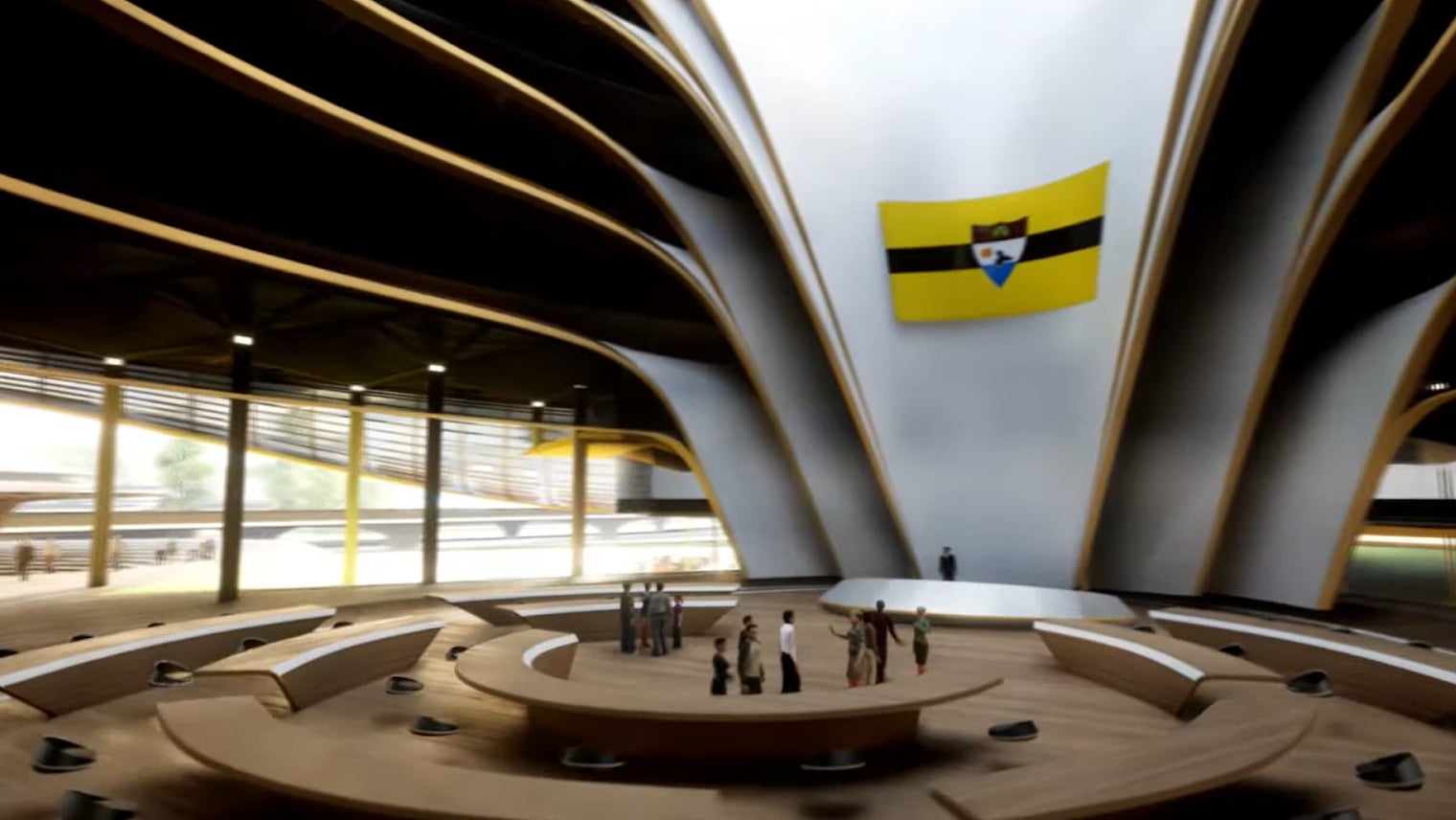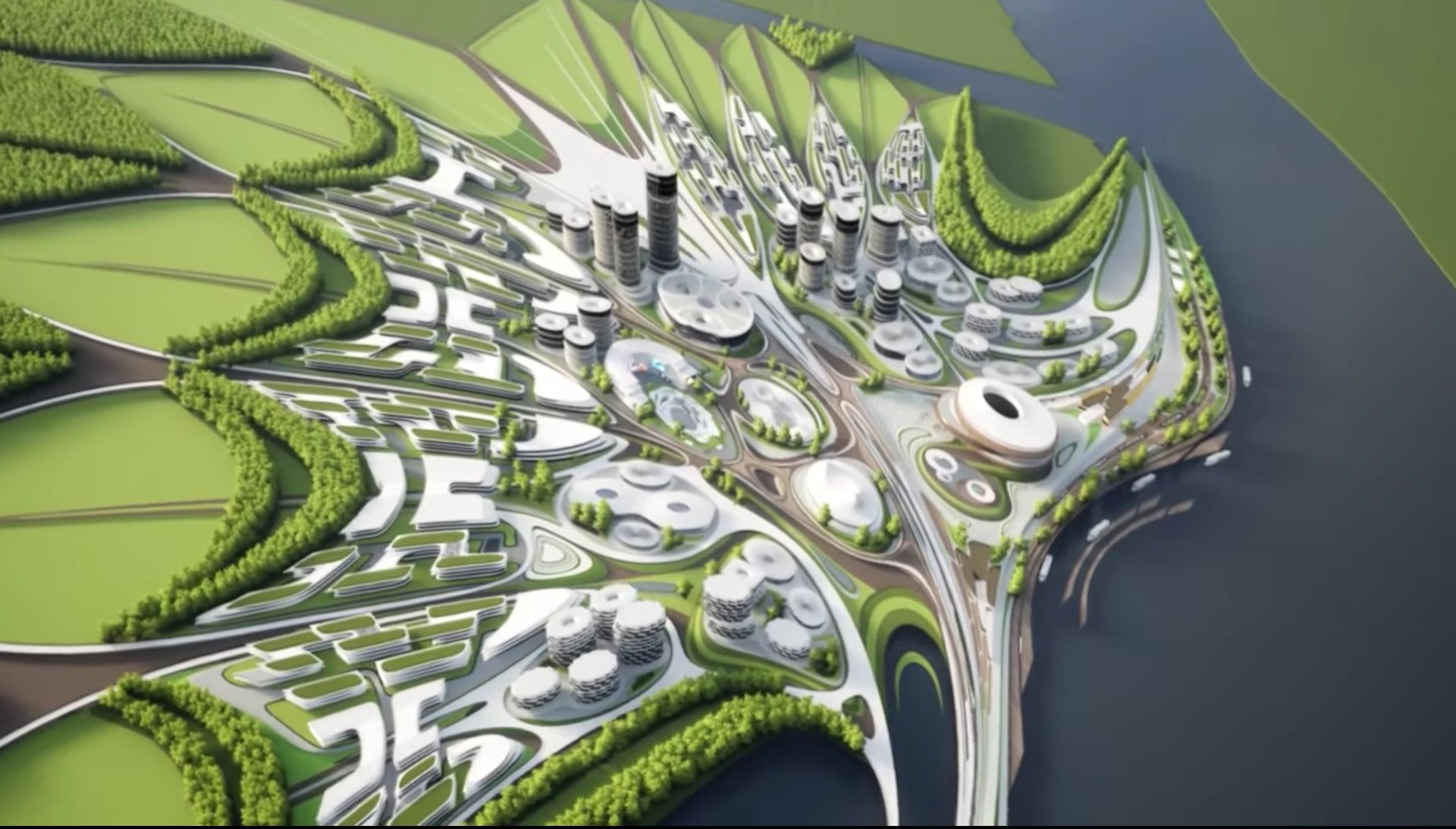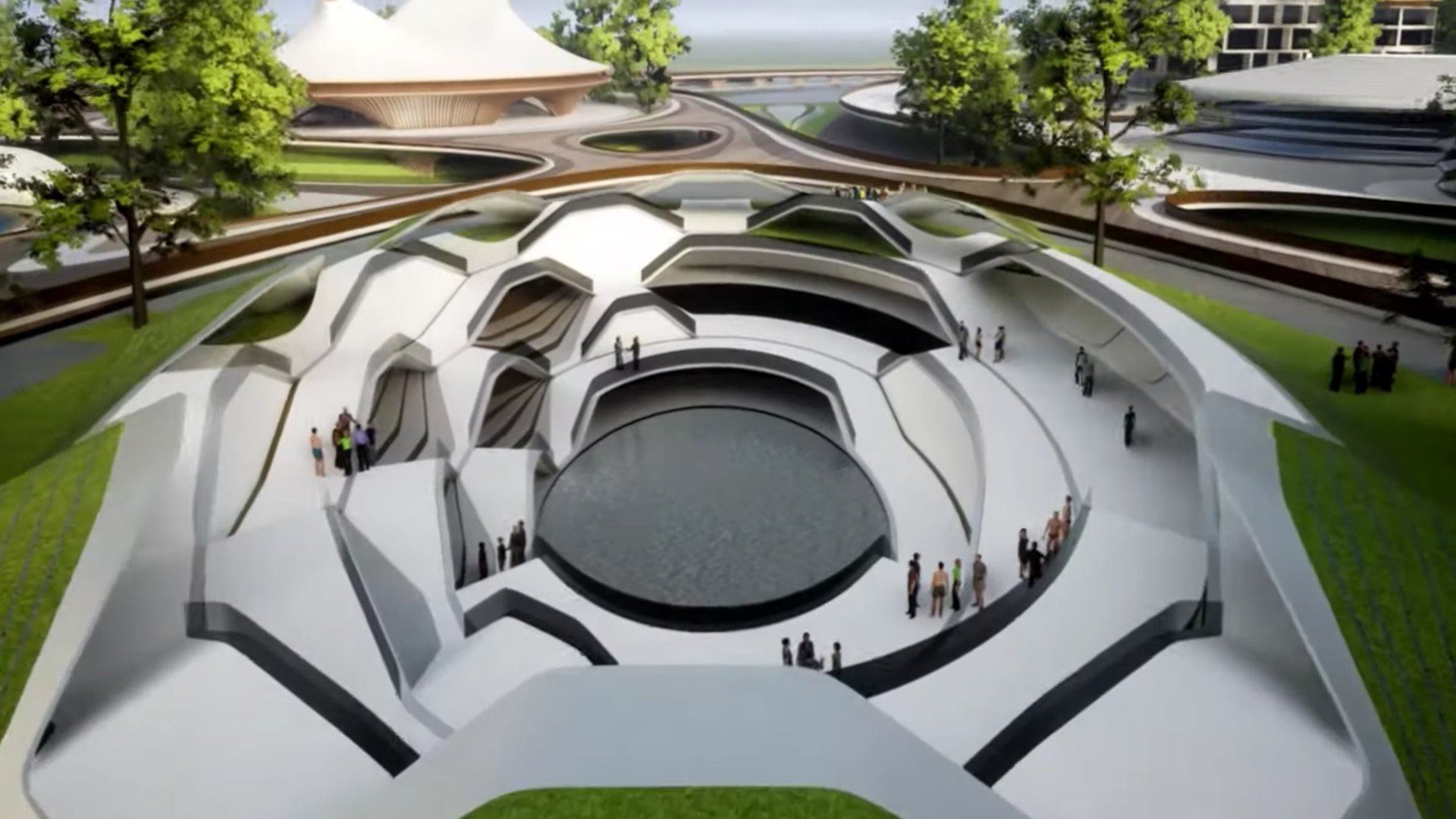A Zaha Hadid-designed city in the metaverse captures the ambitions of Liberland
The Free Republic of Liberland had all the trappings of nationhood when it launched in 2015. Founded by libertarian Czech politician Vít Jedlička, the micronation located on three square miles of no man’s land between Croatia and Serbia, had its own flag, a coat of arms, a national anthem, and a digital currency called a Liberland merit.


The Free Republic of Liberland had all the trappings of nationhood when it launched in 2015. Founded by libertarian Czech politician Vít Jedlička, the micronation located on three square miles of no man’s land between Croatia and Serbia, had its own flag, a coat of arms, a national anthem, and a digital currency called a Liberland merit.
Of course, its legitimacy was all based on renderings—crowdsourced content for a startup nation, sent by people who were intrigued by Jedlička’s audacious gambit.
In January, Liberland unveiled its most dazzling and arguably most convincing proposal yet. Working with Patrik Schumacher of Zaha Hadid Architects, Jedlička portrayed his country as a futuristic crypto paradise through a fully realized city in the metaverse. Picture a national assembly hall, a buzzy NFT bazaar, office towers—all done in Hadid’s trademark swooping, swoon-worthy architectural style.
“It was time to turn ideas into something more concrete,” Jedlička explained when we met at Liberland’s virtual assembly hall, through a platform called Mytaverse. “It’s important to show to the world that we are serious about starting development in Liberland.”
“It’s not a game environment”
Schumacher, who has been running Hadid’s firm since the starchitect’s death in 2016, was an early supporter of Liberland. “The level of photorealistic rendering and and the sense of reality you get is very important to us,” he says. “It’s not a game environment.”
The 3D models are blueprints for both Liberland’s metaverse and its modest physical land mass. The latter, Schumacher points out, is larger than the sovereign city state of Monaco.

An appeal similar to that of cryptocurrency
Jedlička’s vision for an alternative state has attracted the same disillusioned masses who would invest in bitcoin and other forms cryptocurrency. He reports that Liberland currently has 7,000 e-citizens and a backlog of 780,000 applications. “We’re growing, especially this past year,” he says. “People are are getting ready for the financial meltdown, which will be the next thing after the lockdown. I think there’s an understanding that there needs to be something new.”
Ultimately, the hope for any aspiring nation builder is international recognition.”We have actually cut a deal with Haiti and we were recognized by Somaliland a couple of years ago,” Jedlička says. “I was actually on official state visit to El Salvador when they announced their Bitcoin City—an ideologically similar project to Liberland.”
For Liberland to succeed South Sudan as the world’s newest country, Jedlička knows he needs a lot more backing from the United Nations’ member states. “We’re pushing our relations forward,” he says, noting Liberland’s recently established outpost in a building next to the UN office in Geneva.
Architects in the metaverse
For Schumacher, working on the Liberland project reinforced his feeling that real-world architects, including younger firms, ought to be involved in building the metaverse during its nascent stages.
Undeterred by budgets, building safety codes, or gravity for that matter, architects can run wild with their ideas, Schumacher says. “The track record of managing big construction sites isn’t required here,” he explains. “It’s more focused on the core competency of design.”
Schumacher predicts that the metaverse will usher in a golden age for parametricism—an avant-garde building style based on computer algorithms that defined Hadid’s career and legacy. “Every institution could have a mirror space in the metaverse,” he argues. “And we architects we can cater to both at the same time.”


Mytaverse co-founder and chief technology officer Jaime Lopez Villegas, who has been closely working on the Liberland project, attests to the benefits of tapping trained architects in building virtual worlds. “Their vision is different than a game designer because architects are concerned with how people interact with a space and how they flow through it,” he says. “It’s the closest thing to bring this to reality.”